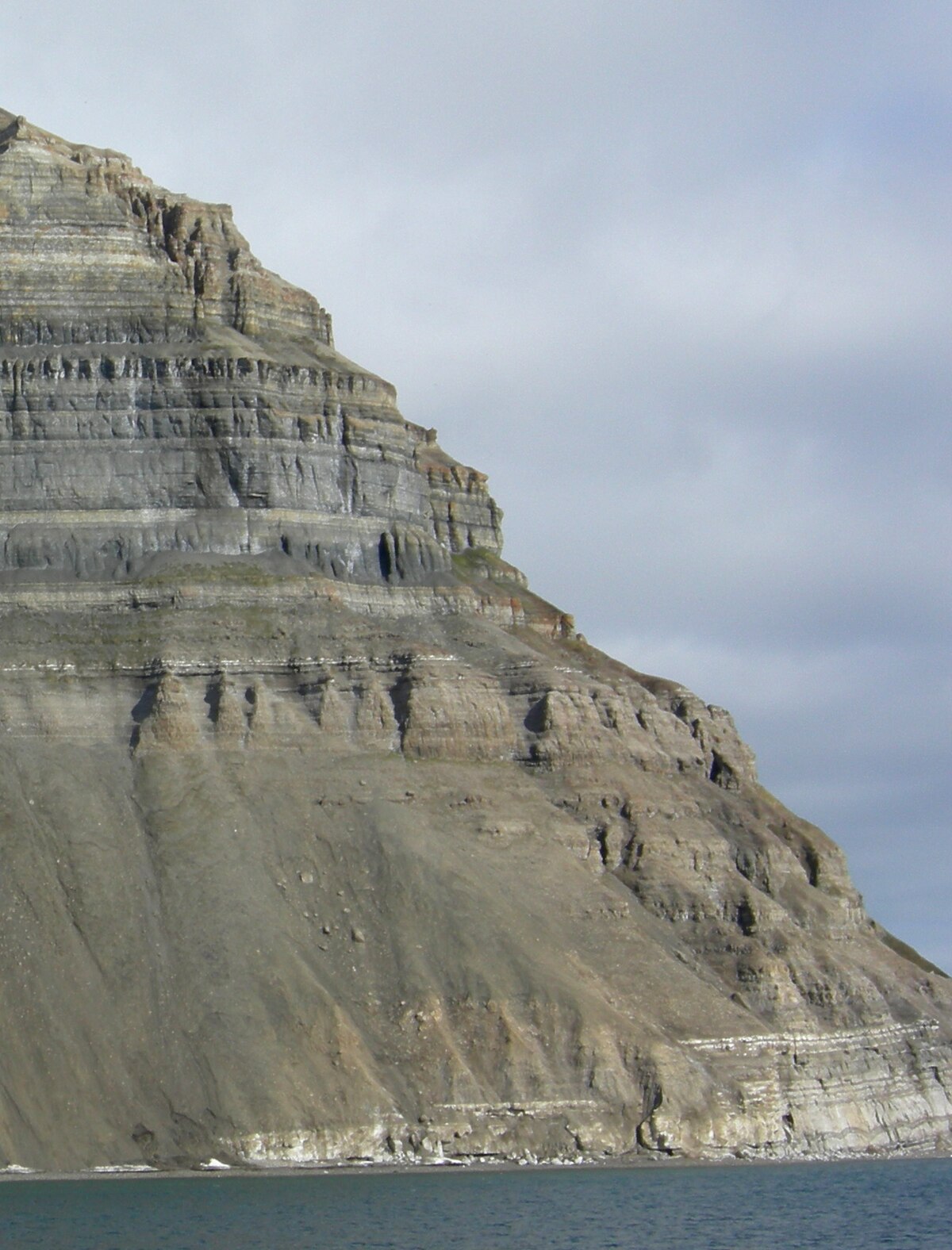Astrophile
Active Member
From what I read, dating is often done by means of the soil surrounding the fossil, not the bone itself. While interesting, that is not the only issue I have with categorizing the bones. If that is not the case, you may kindly offer information about this. thank you.
I think that you may be confusing radiocarbon dating (carbon-14 dating), which is used for measuring the age of geologically recent organic material, such as wood and charcoal, with other methods of radiometric dating, e.g. U-Pb, K-Ar and Ar-40/Ar-39, Rb-Sr and Sm-Nd, which are used for measuring the ages of igneous rocks and extra-terrestrial material.
The half-life of carbon-14 is 5730 years, so the limiting age of radiocarbon dating is about 50,000 years (about nine half-lives), corresponding to the Holocene and the latest Pleistocene. This method is useful in archaeology and in dating the most recent glacial stage and the present interglacial. I know little about archaeology, soil science and radiocarbon dating, so I do not know whether your objections to the method are valid.
Radiocarbon dating cannot cannot be used for dating older rocks or fossils, because they are so old that all the carbon-14 that they contained has decayed. Other radiometric methods (U-Pb, K-Ar, etc.) are used for measuring the ages of igneous rocks (including volcanic ash beds), but they cannot be used to date sedimentary rocks and fossils directly. Instead the ages of sedimentary rocks and the fossils that they contain are interpolated between the radiometric ages of volcanic strata above and below the sedimentary strata, not the sedimentary strata (not soil) surrounding the fossils. By the way, most fossils are of marine invertebrates, which have shells rather than bones.
If you can explain how fossils can be incorporated in sedimentary rocks after these rocks have been covered by datable volcanic strata, your objections to this method of dating fossils may be valid. Otherwise, not.

